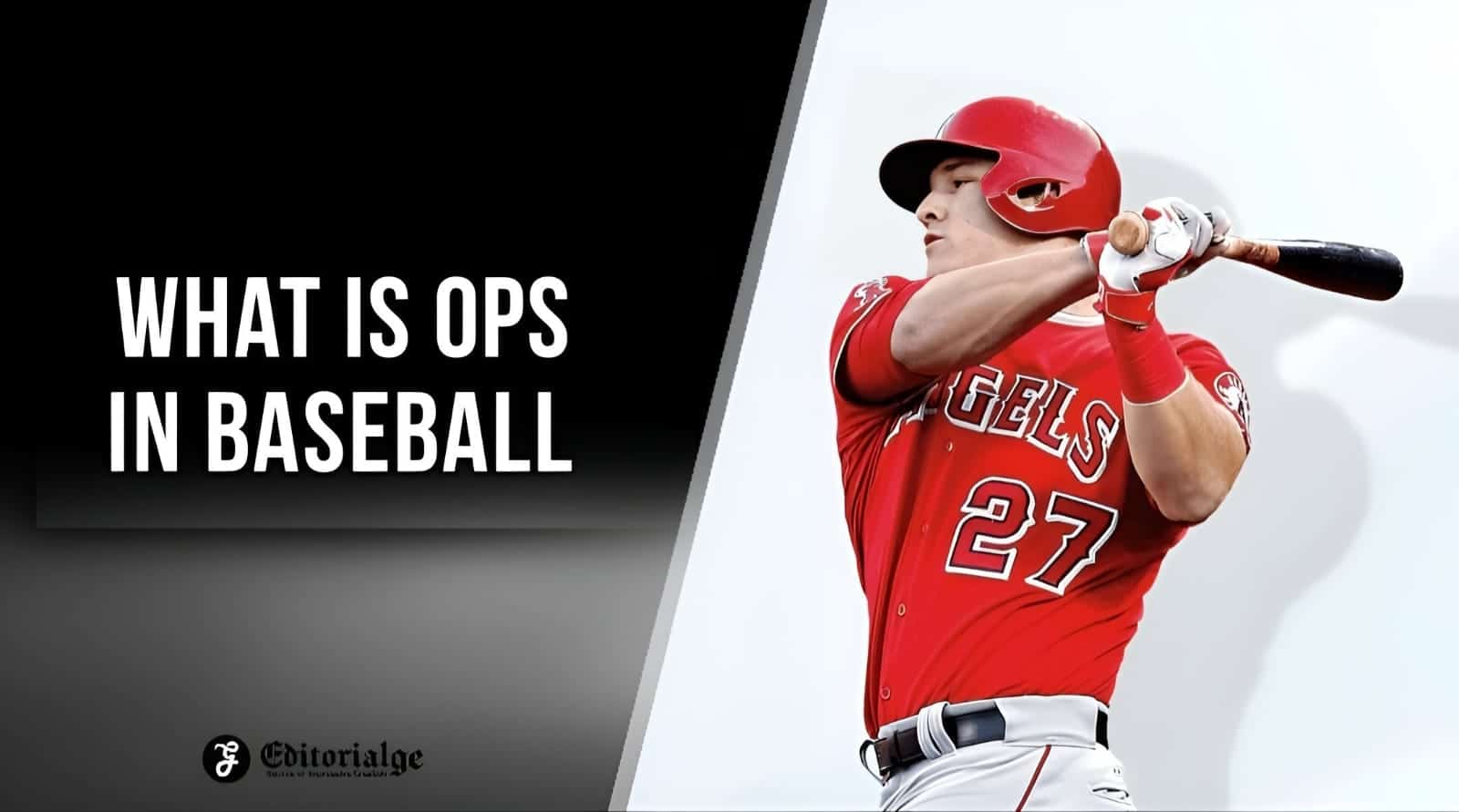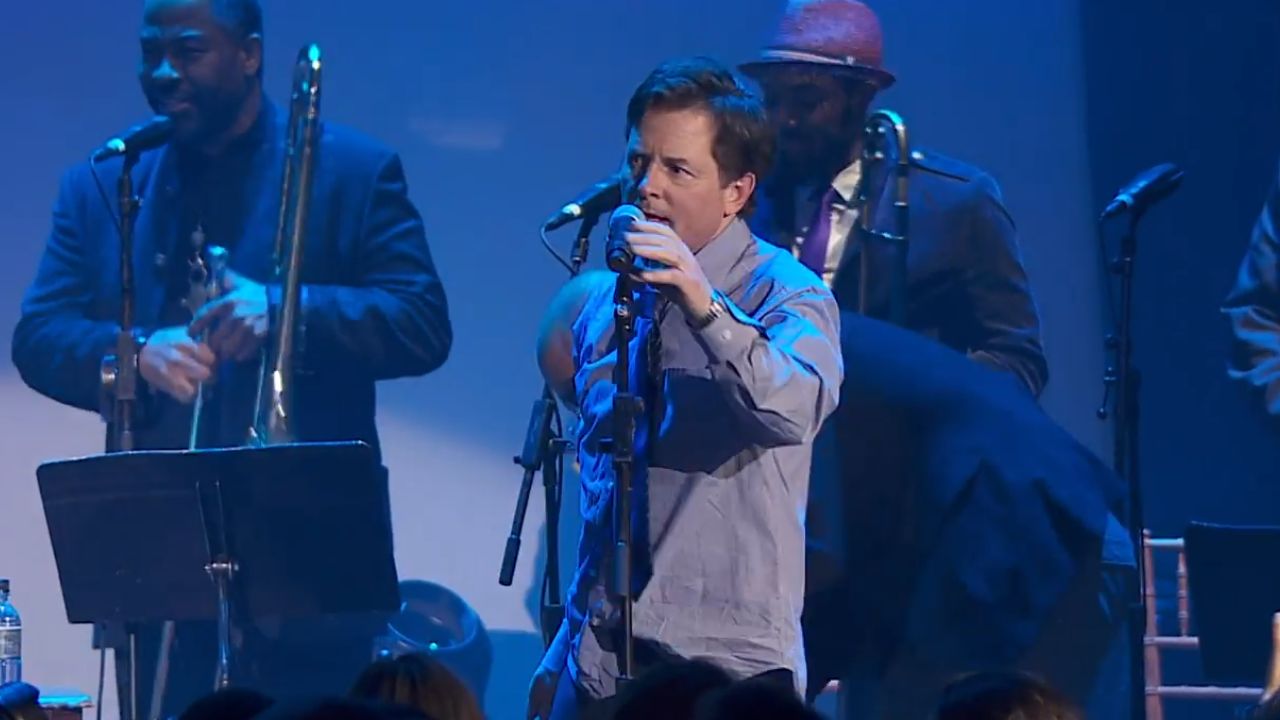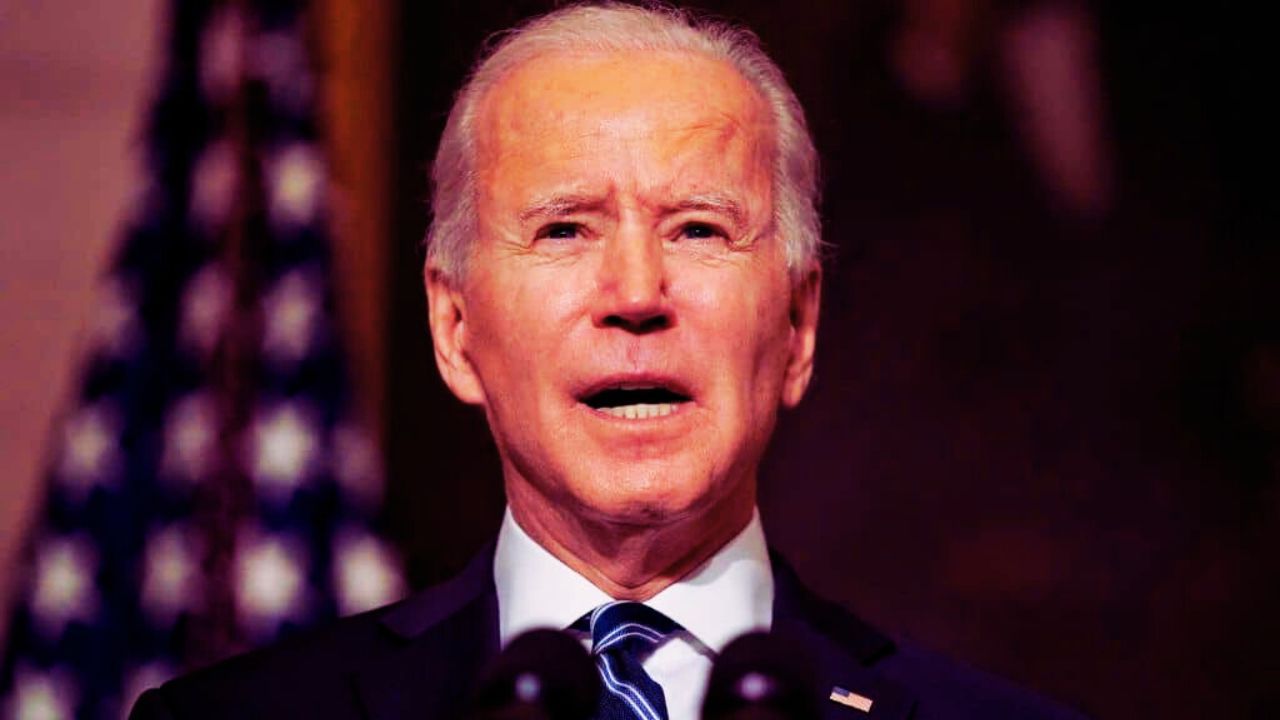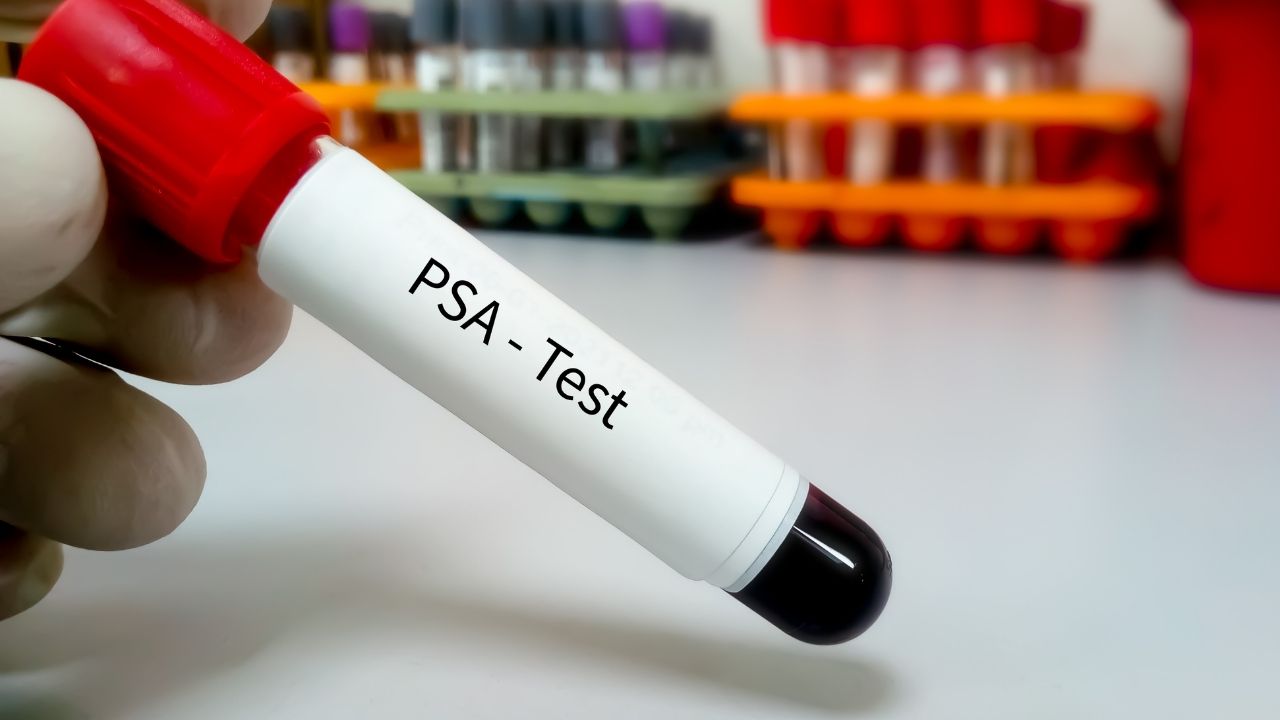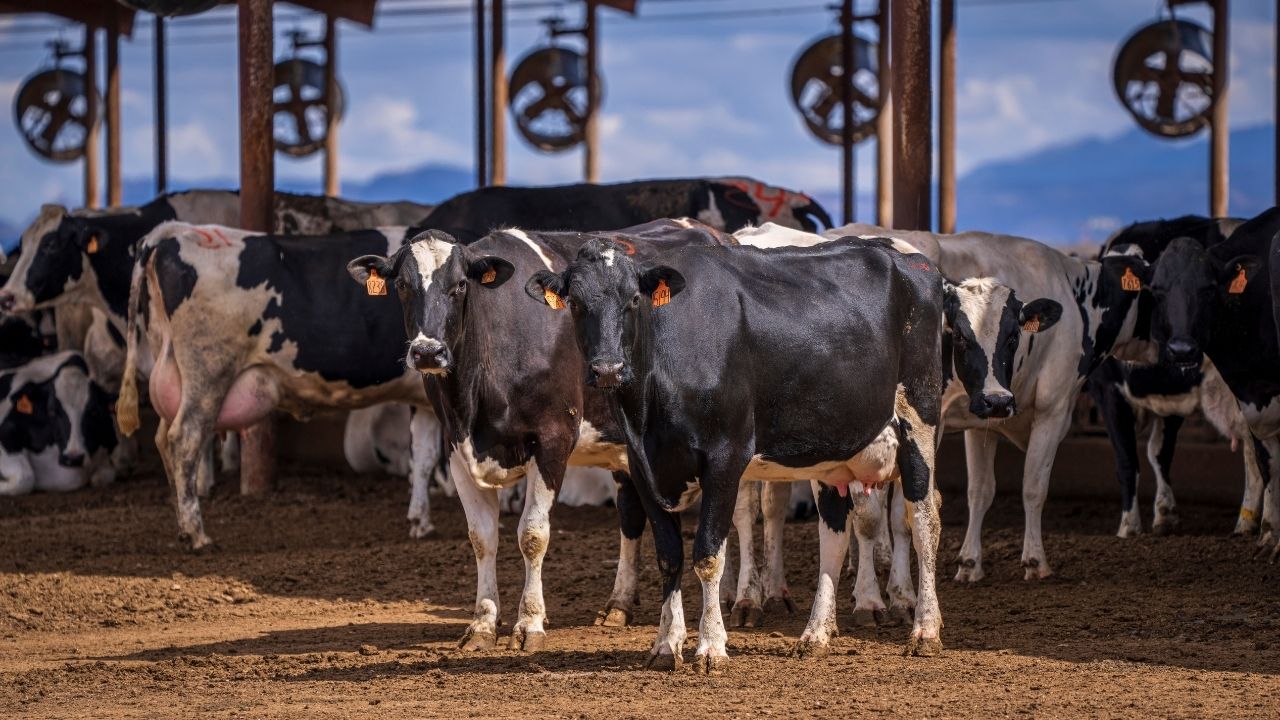Do you know what is Ops in baseball? Baseball Reference says that the number of people watching Major League Baseball has been going down since 2007 when it was at its highest. Bleacher Report says that some of the most exciting parts of the game.
Like base-stealing happens less often now because of “organic changes.” The number of strikes has also gone up.
Goose Gossage, a Hall of Fame reliever, said in a 2018 Bleacher Report article, “I try to watch a baseball game, but it’s hard for me to do so today.” Baseball also has a lot of statistical terms that may be hard for first-time viewers to understand.
In baseball, OPS is one of many statistics that players and fans use to judge a player’s performance. But what is Ops in baseball, and why is it so important?
What is Ops in Baseball?
An OPS is a sabermetric baseball statistic that combines a batter’s on-base and slugging percentages. The goal of the stat is to figure out how well a player gets on base safely and hits for power.
The original name for the OPS was “production,” which meant that it showed how well a batter could score runs. If a player’s OPS is.800 or higher in the major leagues, that means he or she hits better than average.
Sabermetric stats caught on after Moneyball came out in 2003.
OPS equals OBP plus SLG.
On-Base Plus Slugging?
On-base plus slugging, or OPS is a baseball game stat that combines on-base percentage (OBP) and slugging percentage. OPS is a popular stat that major league players and teams use more often than the batting average to figure out how well a batter does at the plate.
The OPS shows how much a batter helps his team score runs by looking at how often he gets on base safely and how many extra-base hits he gets. To score runs in baseball, you need to get on base without getting out and hitting for power.
Read More: How Many Baseball Games in a Season
The OBP is calculated as (H + BB + HBP) divided by (AB + BB + HBP + SF). Meanwhile, SLG is found by dividing total bases (TB) by at-bats (AB).
What about OPS+?
On-base plus slugging plus, or OPS+, is a player’s on-base plus the slugging percentage that takes into account his stadium and league. An OPS+ of 75 or less is not good, while a score of 125 is excellent. With an OPS+ of 150 or more, the player is doing very well.
OPS+ adjusts for park and league factors. A score of 100 is average for the league.
For example, Miguel Cabrera’s .895 OPS in 2014 led to an OPS+ of 150.
Highest Single Season OPS?
Barry Bonds’ On-base Plus Slugging score of 1.422 in 2004 is the highest ever for a single season. He also set a record for MLB with an on-base percentage of .609 and a slugging mark of .812.
Other legends include Babe Ruth with a 1.379 OPS in 1920and Josh Gibson with a 1.4744 OPS in the Negro Leagues in 1937.
What Is The Difference Between Ops And Ops+?
I’ve already told you that the OPS is the On Base Percentage plus the Slugging Percentage. It doesn’t take into account other players or where the game is played.
OPS+ is a comparative statistic, which means that the value is changed so that 100 is the median value. So, if a person’s OPS+ is 99, it means that his adjusted OPS is 1% below average, and if it is 101, it means that it is 1% above average.
When figuring out a player’s OPS+, league and park effects are taken into account to normalize a player’s production.
Basically, it looks at how well a player did compared to everyone else in the league and how well he did compared to everyone else who batted in the same park.
Since everything is compared to the league average, which is set to 100, OPS+ works a little differently than OPS.
David Ortiz had an OPS+ of 164 in 2016. This means that he hit better than the average batter by more than 64% if he had played in the same park and league.
This stat gives context that raw OPS may miss.
What is a Good OPS in Baseball?
Major League Baseball fans sometimes find it hard to understand how OPS works. What does it say about how things look on a plate? How good are the ballparks where they hit during the season? How many bases they’ve reached?
Set the standard first so you can get a good idea of what a good OPS is. Here are some of MLB history’s best OPS:
- With an OPS of 1.1636, Babe Ruth, who mostly played for the New York Yankees, is the best player of all time.
- With a career average of around 1.000, Mike Trout is one of the best OPS players of all time who is still playing.
- As of 2020, Barry Bonds is fourth on the list, with an OPS of about 1.05
- Lou Gehrig is third with an OPS of 1.07, and Ted Williams of the Boston Red Sox is the only player besides Babe Ruth to have a career OPS of 1.1 or higher. This is for players who have had at least 3,000 times at bat.
Of course, that’s only one end of the range. What about the average of the team? If you look at the statistics for MLB, you can see that the average for on-base plus slugging is usually between 0.700 and 0.800.
Elite hitters usually post an OPS of 1.000 or higher, while below 0.700 may signal a rough season.
Read Also: How Many Periods in Hockey
How is OPS Calculated in Baseball?
On-base plus slugging is just the player’s percentage of being on base plus his percentage of home runs. The formula is easy to write down:
OPS = OBP + SLG
If you want to write out the OPS formula with all of its parts, you can do so as follows:
OPS = AB(H + BB + HBP) + TB(AB + BB + SF + HBP) / AB(AB + BB + SF + HBP) C
OPS Calculation Explained:
- OPS stands for On-base Plus Slugging.
- OBP is On-base Percentage.
- SLG is Slugging Percentage.
- The breakdown of variables appears in the formula above.
You can also calculate total bases as 1B + (2 × 2B) + (3 × 3B) + (4 × HR).
How are OPS and OPS+ Calculated?
For OPS, it couldn’t be easier to figure out how much it is worth. To get a player’s OPS, add up their percentage of getting on base and their percentage of hitting home runs. So if a player’s on-base percentage is .350 and their slugging percentage is .450, their OPS is .800.
With OPS+, things are much more complicated because park and league adjustments are included. When you want to use this statistic, the best thing to do is look it up on Baseball-Reference.
This method gives a fair view by comparing players within the same season.
Who has the Highest OPS in Baseball?
Baseball Almanac says that Babe Ruth has the best career OPS in baseball history. When he retired, he had an OPS of 1.164, which was the best of all time.
As of September 2022, Mike Trout of the Los Angeles Angels has the highest career OPS of any active MLB player, with a score of 1.002. Baseball Almanac also says that Trout has the eighth-best career OPS in baseball history.
Career leaders include Babe Ruth (1.1636), Ted Williams (1.1155), and Barry Bonds (1.0512).
Read Also: How Long is a Lacrosse Game
Who has the Best ops in Baseball of All Time?
With 1.1636 ops, Babe Ruth is the baseball player with the most hits ever. Ted Williams is right behind him with a total of 1.1155 for his career, and Lou Gehrig is next with a total of 1.0978. Barry Bonds, on the other hand, has the record for the most outs in a single season.
Criticisms of OPS
Some people say that OPS distorts a batter’s contribution to their team by giving extra-base hits too much weight while giving the on-base percentage too little weight.
OPS also treats the slugging percentage and on-base percentage as if they are the same, even though the slugging percentage is measured on a scale of 4,000 points and the on-base percentage on a scale of 1,000 points.
Another problem with OPS is that plate appearances are used as a fractional denominator in the on-base percentage, but at-bats are used as a denominator in the slugging percentage. The result is two mixed fractions, which you can’t add together because they have different denominators.
Critics argue that OBP is nearly 80% more valuable for generating runs than slugging percentage. They also note that slugging can overvalue extra-base hits.
Recent Season Performances
Modern stats keep the game fresh. In 2024, Aaron Judge posted a 1.111 OPS. Shohei Ohtani led MLB in 2023 with a 1.070 mark.
These numbers show how top players excel at both getting on base and hitting hard. They add a modern twist to classic stats.
Historical Records and Advanced Insights
Baseball’s history is full of records that spark debate. Eddie Murray holds the career record for sacrifice flies with 128. Gil Hodges had 19 sacrifice flies in a season in 1954, a record that still stands.
In fact, the sacrifice fly rule was off from 1931 to 1938, cutting the totals by about 40%. Advanced team metrics show that OPS has a strong link with runs scored, with a correlation close to 0.95 compared to about 0.94 for wOBA.
How does the MLB Detail What Ops are in Baseball?
“OPS combines on-base percentage and slugging percentage into a single number,” says the MLB. It’s supposed to show how well a batter can get on base, hit for average, and hit for power. It can also be used to judge pitchers. When it’s used this way, it’s called “OPS against.”
What is SLG in Baseball?
SLG stands for “slugging percentage,” which is a term for how many bases a player gets in each at-bat.
The biggest difference between a slugging average and a batting average is that a slugging percentage doesn’t count every hit the same. For batting averages, you divide the number of hits by the number of at-bats. However, the formula for SLG is more complicated.
MLB’s glossary of baseball terms says that the formula for SLG is (1B + 2B x 2 + 3B x 3 + HR x 4) / AB.
Why is OPS a Good Start?
Many things make OPS a good place to start. OPS shows if a batter is hitting hard, and it also shows how often a player makes it safely to second base. A high OPS usually means that a player isn’t getting a lot of singles but is getting more extra-base hits, which help his team score more runs.
Read Also More: How Long is a Volleyball Game
Are there Better Stats than OPS?
The better stats than OPS are Weighted On-base Average (wOBA) and Weighted Runs Created Plus (wRC+). wOBA is a number that takes into account how a player gets on base. It also tells how likely it is that a player will reach home plate after getting on base.
Weighted Runs Created Plus is a better way to figure out how well a batter does on offense than OPS. It is a hitting statistic that looks at everything a batter does at the plate and how many runs he or she makes.
The Role of Stats in Baseball?
Baseball stats continue to drive baseball decisions. This affects how decisions are made before the season starts and how the team is put together. It also affects how changes are made during the game to give the team the best chance of winning.
In the movie, Moneyball, On Base Percentage (OBP) and how important it is to not strike out are used a lot. The goal was to make a team that got on base a lot so that the defense was always under pressure.
The use of sabermetrics in baseball keeps getting bigger. As general managers try to get the most out of the budgets that owners give them, they study the baseball game to find an edge.
Not all teams can spend like the Yankees. Many smaller teams lean on analytics to find value in lower-cost players.
By moving players around positions, teams can get a hitter who posts over .300 and an OPS of .710 or higher on both sides of the plate. Their combined salaries often cost far less than a star player’s pay.
Importance of OPS in Baseball?
Before 2000, the National League (NL) and the American League (AL) were the two leagues that made up Major League Baseball (MLB) (AL). In 1920, both leagues were put under the control of the Commissioner of Professional Baseball, who oversaw the whole sport.
On-base plus slugging (OPS) is a statistic from a game that is used to look at the facts. This shows how well the batter gets on base and how much power he has when he hits the ball. This means that the OBP and slugging average are taken into account (SLG).
In Major League Baseball, the OPS is one of the main statistics used to measure how well a player hits. It is calculated by adding a player’s average on-base and average slugging.
To Know More: How to Watch NFL Games for Free
Do Sacrifice Flies Count in OPS?
Keep in mind that sacrifice flies and other special situations don’t count as at-bats, so they don’t have a big effect on either of these two statistics. You probably already know that OBP is a measure of the rate, and SLG is a measure of both rate and quality.
Sacrifice flies add RBI chances but slightly reduce the OBP by increasing its denominator.
What is the Highest OPS in Baseball History?
We’ve already shown you that Babe Ruth of the New York Yankees has the best OPS of all time. His 1.1636 OPS over that many at-bats may never be beaten, which could make him the best hitter of all time. But that’s just one way of looking at the numbers.
- Barry Bonds, 2004: 1.4217
- Barry Bonds, 2002: 1.3807
- Babe Ruth, 1920: 1.3791
- Barry Bonds, 2001: 1.3785
- Babe Ruth, 1921: 1.3586
- Babe Ruth, 1923: 1.3089
Then Ted Williams comes along with the seventh-best OPS season of all time. Rogers Hornsby is the fourth player on the list, but he doesn’t show up until the 13th spot.
What is Batting Average?
The batting average shows how well a player can hit the ball and get to first base. A batter’s batting average is found by dividing the number of hits he has by the number of times he has been up to bat.
This stat does not include walks or hit by pitches.
OPS vs. Batting Average?
Many people think that OPS is a good way to measure how good a batter is. Getting on base without making an out is a good way to help a team score runs.
This is true no matter how the player gets on base, which is why the on-base percentage is often seen as a better way to measure a batter’s contributions to the team than the batting average, which is calculated by dividing the number of hits by the number of at-bats.
With slugging percentage as a part of OPS, a batter’s ability to get hits, especially extra-base hits, is also taken into account.
Related Read: Most Profitable Sports
What are the Problems with OPS and OPS+?
The most obvious problem with OPS is that it gives the same weight to both base percentage and slugging percentage, which should not be the case.
The OBP is much more important to getting runs than the slugging percentage, but in this calculation, the two are just added together without any weighting. This is one reason why the wOBA statistic was made.
Conclusion
When you add up the on-base average and the slugging percentage, you can get a good idea of how well a player does offensively. But just like with any other baseball sabermetrics, it’s not always easy to measure everything without actually seeing it.
Frequently Asked Questions (FAQs) about What is Ops in Baseball?
1. What does OPS mean in baseball?
Definition. OPS combines on-base percentage and slugging percentage into a single number. It’s supposed to show how well a batter can get on base, hit for average, and hit for power. It can also be used to judge how good a pitcher is. When it is used this way, it is called OPS against.
2. Why is OPS a useful stat?
It shows that a player can both get on base and hit for power, which are two important offensive skills. In Major League Baseball, a hitter is in the top tier if their OPS is .800 or higher. Most of the time, the league leader in OPS will score close to or above 1.000.
3. What is an average OPS in Baseball?
In baseball, the average OPS is thought to be between .7000 and .7666.
4. Do Sacrifice Flies Count in OPS?
Yes. Sacrifice flies are counted as plate appearances when figuring out how often a player gets on base.
5. Why is OPS better than the Batting Average?
Players with a higher OBP get on base more often, and they also get out less often. Extra bases are also not taken into account by batting average. The value of doubles, triples, and home runs is shown in SLG.
6. Who has the Highest Career OPS?
With an OPS of 1.1636, Babe Ruth has the best OPS of all time.
7. What is a good OPS in college baseball?
In the major leagues of baseball, an OPS of .800 or higher means that the batter is having a better-than-average season at the plate. If a player’s OPS is .900 or higher, it means they are having an All-Star season. If their OPS is 1.000 or higher, it means they are having an MVP season.
8. Who has the Highest Single Season OPS?
Josh Gibson’s 1.4744 OPS in 1937 is the best OPS for a single season.
9. How do you calculate OPS?
The on-base percentage and the slugging percentage of a player are added together to get the OPS.
10. Who was the best MLB player for total bases?
Hank Aaron had 6,856 bases over the course of his career. Babe Ruth hit 457 home runs in 1921, which was the most in a season. With 450 total bases, Rogers Hornsby set a record for the National League the very next year that still stands.
Many old-timers think that the number of total bases is a very important way to judge batters.


